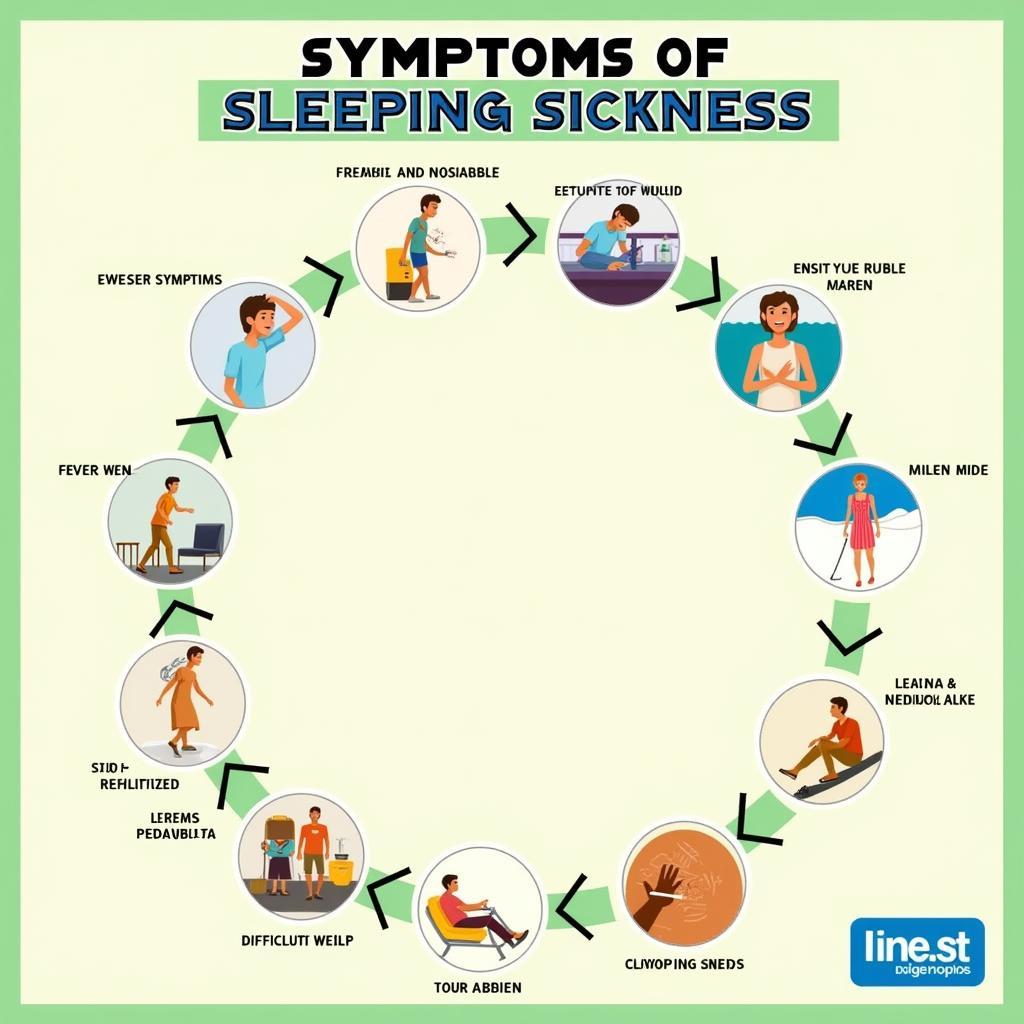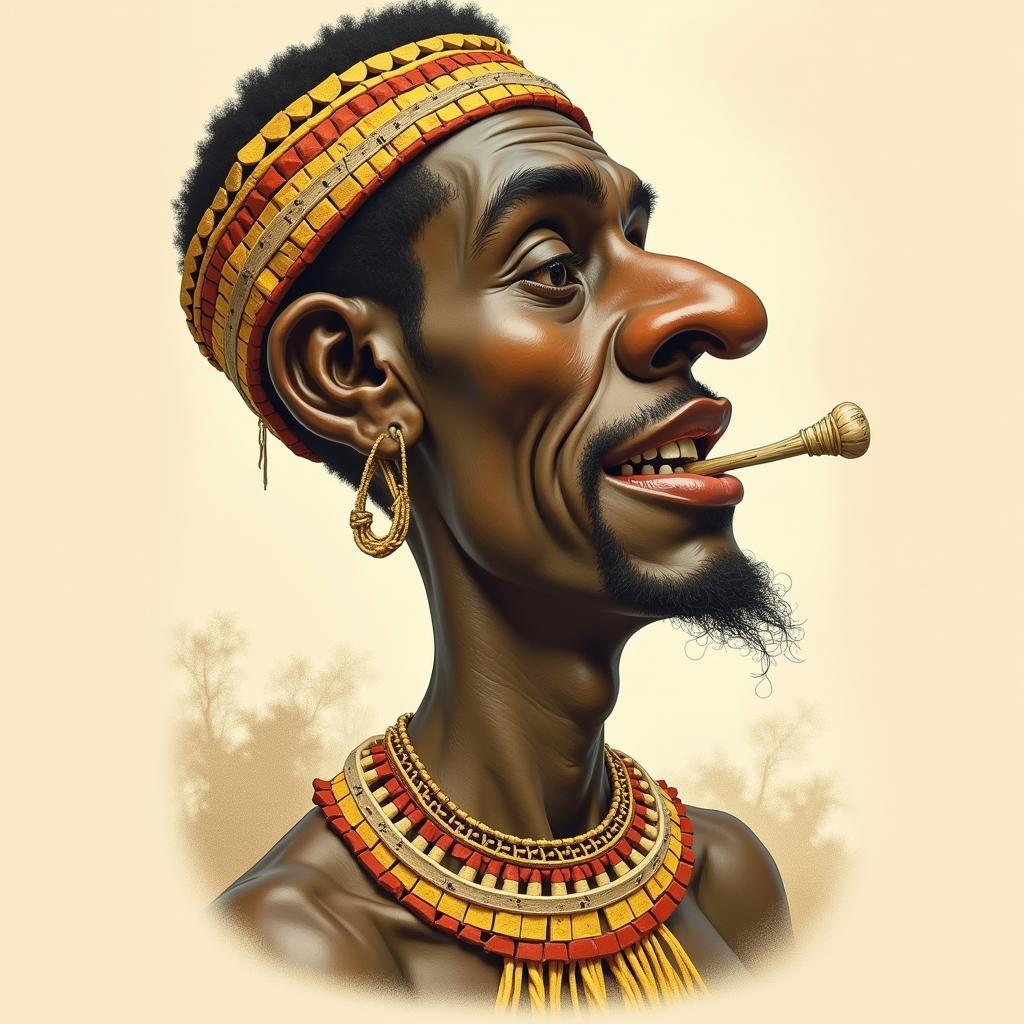African Fly Causing Death: Understanding the Tsetse Fly and Sleeping Sickness
African Fly Causing Death is a serious concern, primarily referring to the tsetse fly and the disease it transmits, African Trypanosomiasis, also known as sleeping sickness. This disease poses a significant threat to human health and livestock in sub-Saharan Africa. Understanding the tsetse fly, its habitat, the disease it carries, and prevention methods is crucial to combating this deadly threat.
The Tsetse Fly: A Tiny Vector with a Deadly Bite
The tsetse fly, a small but dangerous insect found exclusively in sub-Saharan Africa, is the sole transmitter of sleeping sickness. These flies thrive in woodland areas, making those who live and work in these regions particularly vulnerable. Unlike mosquitoes, which only the females bite, both male and female tsetse flies feed on blood, increasing the risk of disease transmission. The bite itself is often painful and can cause localized skin reactions.
African Trypanosomiasis: The Sleeping Sickness
African Trypanosomiasis, more commonly known as sleeping sickness, is a parasitic disease caused by the Trypanosoma parasite transmitted through the bite of an infected tsetse fly. There are two forms of the disease: the chronic form, caused by Trypanosoma brucei gambiense, and the acute form, caused by Trypanosoma brucei rhodesiense. The chronic form can take years to develop, while the acute form progresses rapidly. Understanding the differences between these forms is vital for effective diagnosis and treatment.
 Symptoms of Sleeping Sickness: Visual representation of the common symptoms of sleeping sickness, including fever, swollen lymph nodes, and neurological issues.
Symptoms of Sleeping Sickness: Visual representation of the common symptoms of sleeping sickness, including fever, swollen lymph nodes, and neurological issues.
Stages and Symptoms of Sleeping Sickness
The disease progresses through distinct stages. The first stage, known as the haemolymphatic stage, involves symptoms such as fever, headaches, joint pains, and swollen lymph nodes. african sleeping sickness is due to If left untreated, the disease advances to the second stage, the neurological stage, impacting the central nervous system and leading to behavioral changes, confusion, sensory disturbances, and sleep cycle disruption, hence the name “sleeping sickness”. This stage can ultimately lead to coma and death if not treated.
Diagnosing and Treating Sleeping Sickness
Diagnosing sleeping sickness requires laboratory tests to detect the parasite in blood, lymph node fluid, or cerebrospinal fluid. Early diagnosis is crucial for successful treatment. Available treatments are effective, but they can have severe side effects, making early detection and intervention all the more important.
Preventing African Fly Causing Death: Strategies for Control
Preventing tsetse fly bites and subsequent sleeping sickness involves several strategies:
- Vector Control: Reducing tsetse fly populations through traps, insecticide-treated targets, and aerial spraying can help minimize transmission risk.
- Protective Clothing: Wearing long-sleeved shirts and pants, especially light-colored clothing, can make it harder for the flies to bite.
- Repellents: Using insect repellents can offer some protection, but their effectiveness against tsetse flies can be limited.
“Early diagnosis and treatment are essential in combating sleeping sickness. Delaying treatment can lead to severe neurological complications and even death,” warns Dr. Anika Olufemi, a leading expert in tropical diseases.
Conclusion: Combating the Deadly Threat of Sleeping Sickness
African fly causing death, specifically the tsetse fly and the sleeping sickness it transmits, remains a significant health challenge in sub-Saharan Africa. While effective treatments exist, prevention and early diagnosis are crucial. Continued research and control efforts are vital to eliminate this deadly disease and protect vulnerable populations. Understanding the fly, the disease, and preventive measures is the first step toward combating this threat.
FAQ:
- What is the most effective way to prevent sleeping sickness?
- What are the first signs of sleeping sickness?
- How is sleeping sickness diagnosed?
- Are there different types of sleeping sickness?
- Can sleeping sickness be cured?
- Where are tsetse flies found?
- What does a tsetse fly look like?
“The impact of sleeping sickness extends beyond individual health. It can significantly affect agricultural productivity due to its impact on livestock,” adds Dr. Olufemi.
For further information, consider reading about other diseases transmitted by insects on our website.
When you need assistance, please contact us:
Phone: +255768904061
Email: kaka.mag@gmail.com
Address: Mbarali DC Mawindi, Kangaga, Tanzania.
We have a 24/7 customer service team.

